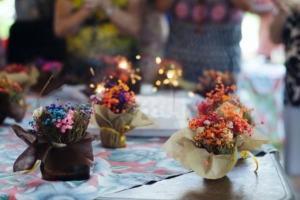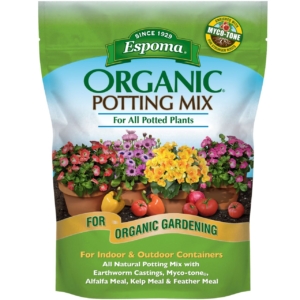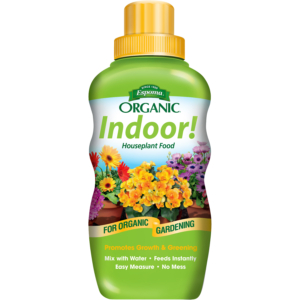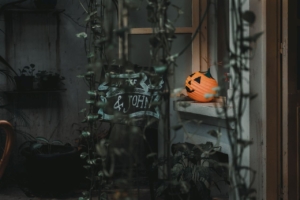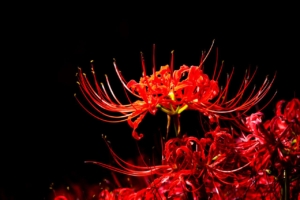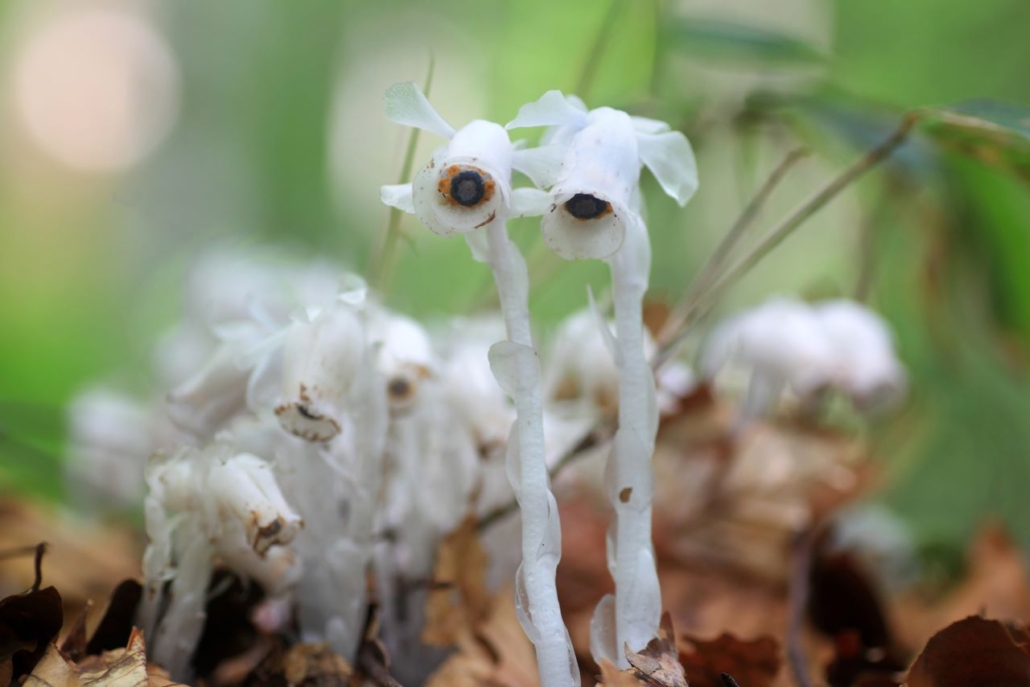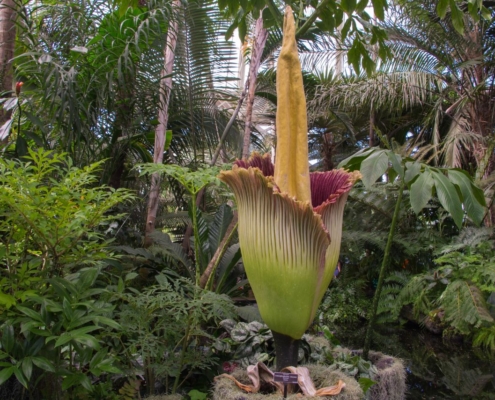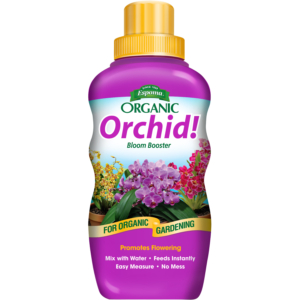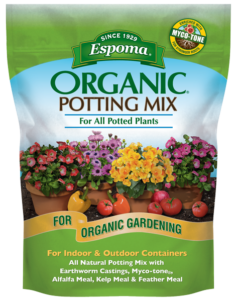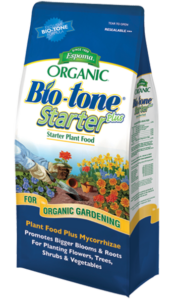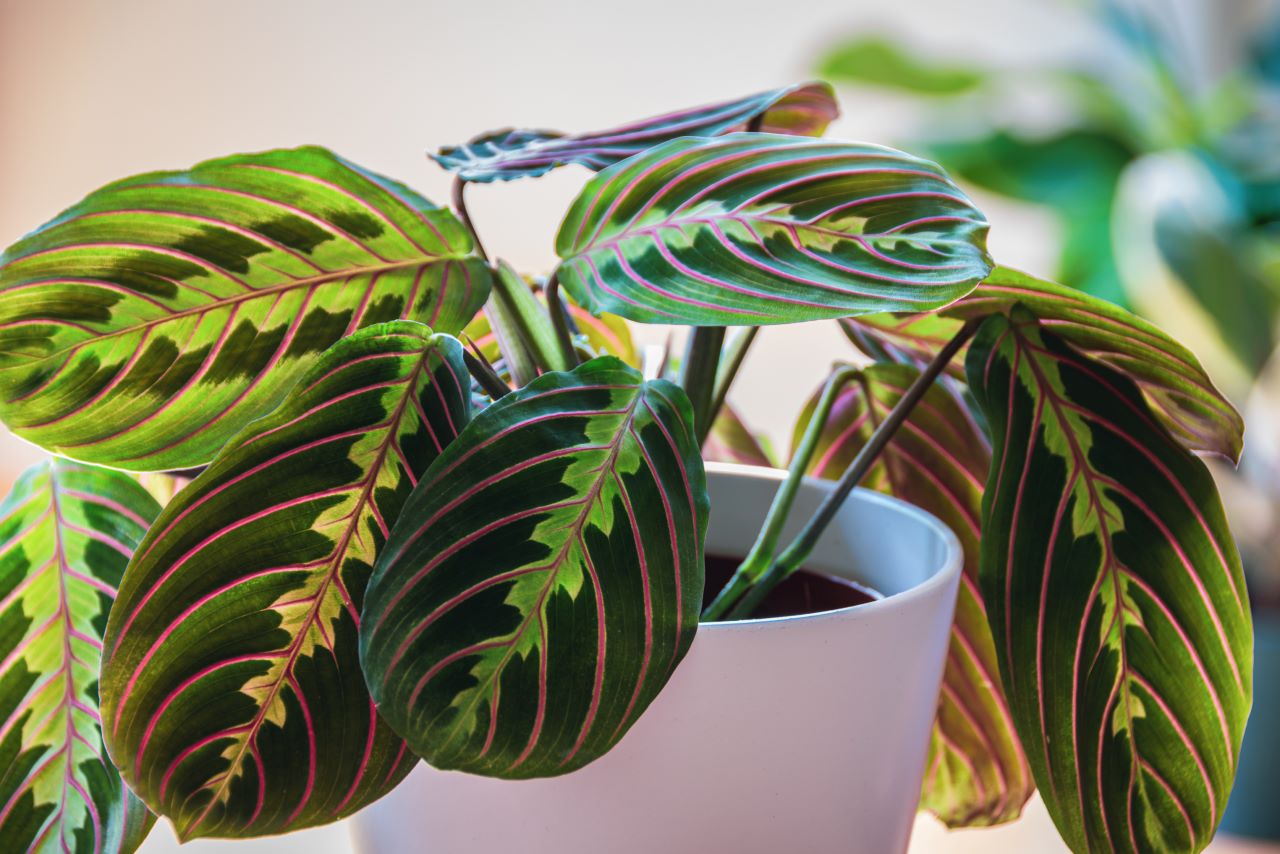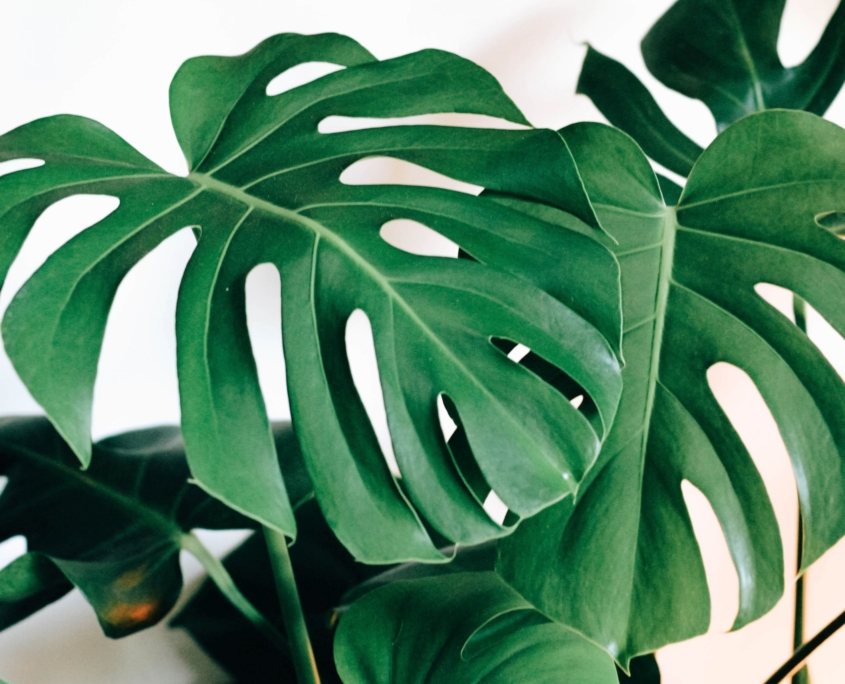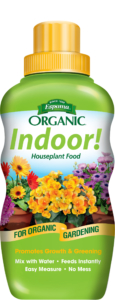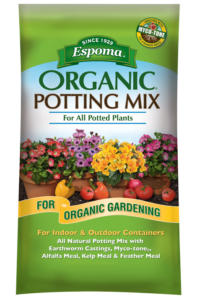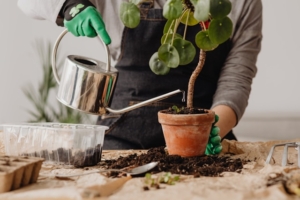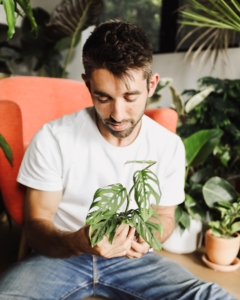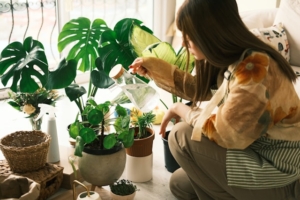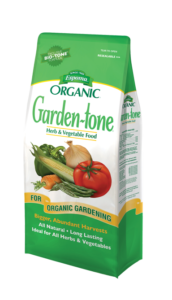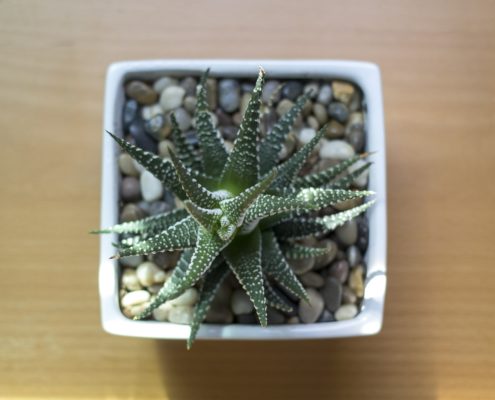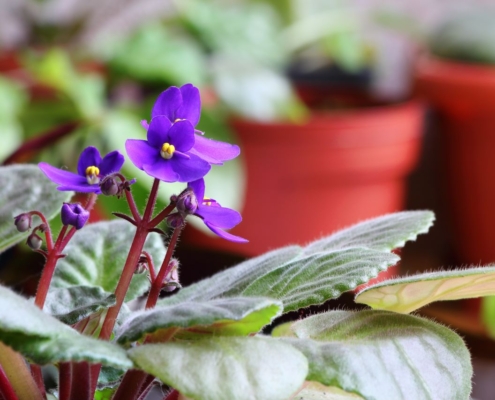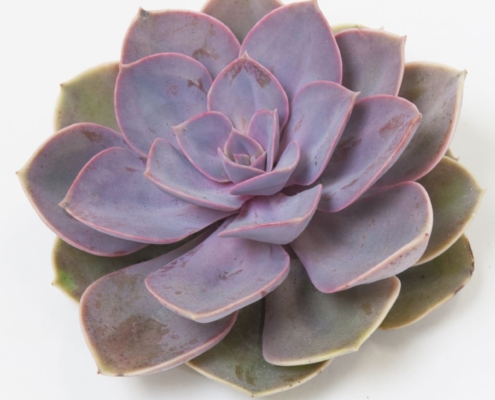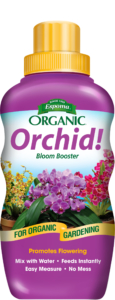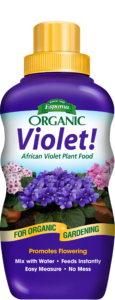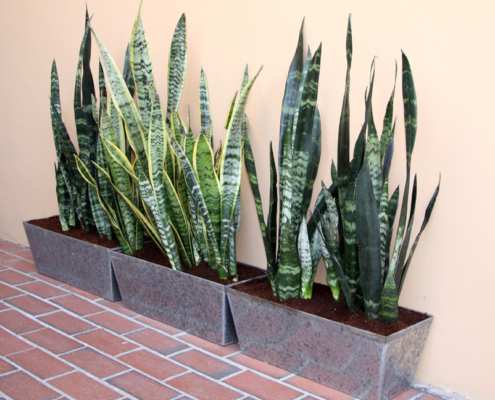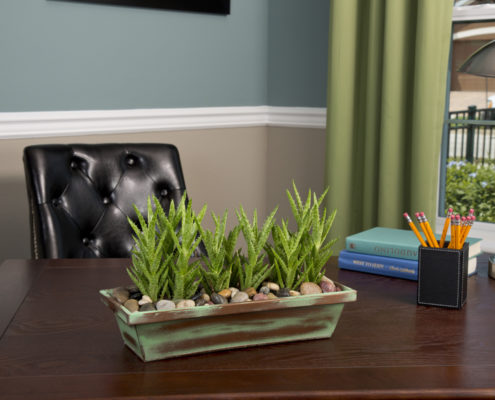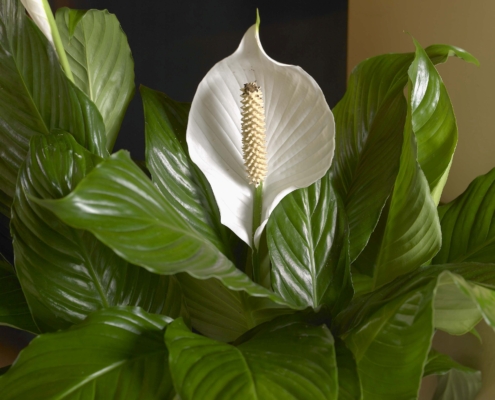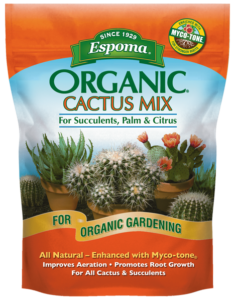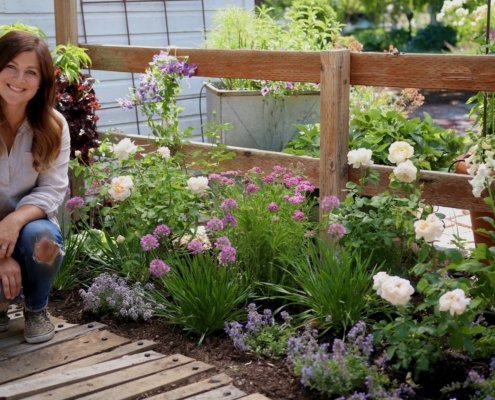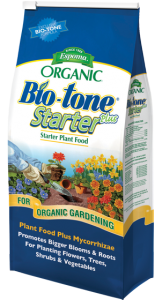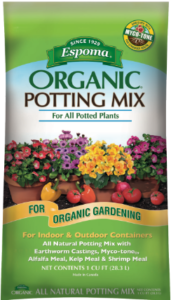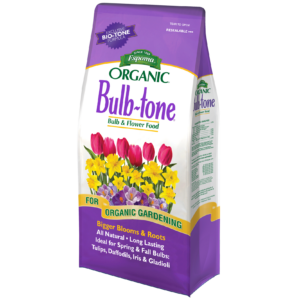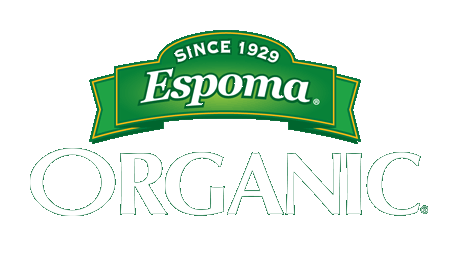5 Tips for Creating a Fall Centerpiece for Thanksgiving
Your Thanksgiving dinner may look different this year with a smaller number of attendees, but that’s all the more reason to stun them with holiday decor! It’s more important than ever to relax with members of your household and find ways to put everyone in that classic festive mood. Here are some ways to make a beautiful table centerpiece to help this holiday season be as cheerful as the last.

1. Pumpkins everywhere
Not sure what to do with all the pumpkins you got for Halloween? Turn them into flower pots and get the full effect of fall! Hollow them out and put in some of your favorite flowers. You can even paint them to match any decor color you already have.
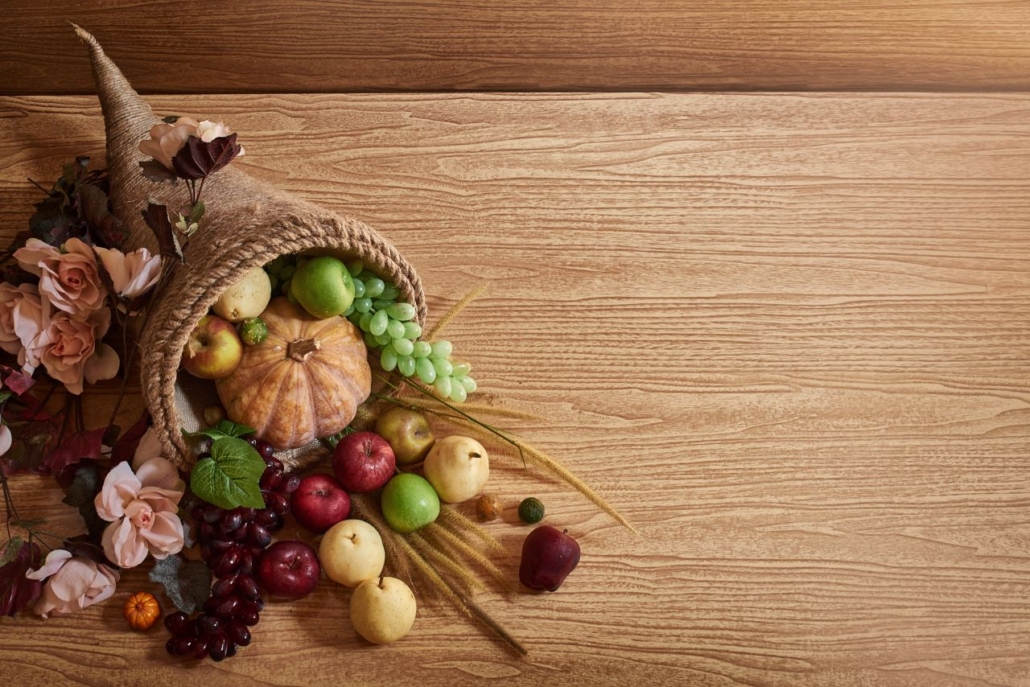
2. Create your own cornucopia
Thanksgiving is celebrated to give thanks for the harvest for the year and all the food you’re going to eat, so it’s fitting to display your harvest on the table too! If you took part in growing fruits and vegetables over the summer, why not display your hard work on the table in the form of a cornucopia?
After all the meal planning, preparing, and time spent in the kitchen, the Thanksgiving table needs some love. A Thanksgiving centerpiece is simple with all of the seasonal produce. Check out the video below from Wyse Guide for some inspiration.
3. Flower arrangements
Another creative trick you can try is creating flower arrangements! If you’ve been growing flowers, you already have everything you need. But if you haven’t, hop on over to your local florist and pick out some fall-colored bouquets and arrange them however you want. There’s no wrong way to do it!
4. Shrubs and leaves
If you’re looking for an inexpensive yet effective way to get it done, your backyard is your oyster! Don’t want to pluck out your flowers? Simply bring in some fallen leaves that are bound to be a mix of red, yellow, and orange. This will definitely give your home a more rustic look. Add some branches and evergreen shrubs for some texture!
5. Don’t forget houseplants
If you’re a dedicated plant parent, you probably already have some unusual houseplants around your house. Now all you need to do is re-pot them into something more festive to brighten up everyone’s spirits! Make sure to add some potting mix while repotting and some Indoor! Houseplant food to keep them perky throughout dinner.
Whether you’re going all out or only want to make a small arrangement, adding some festive decoration is sure to get everyone feeling more festive and joyful this holiday season. Even if Thanksgiving is dinner for one — remember that plant care is self-care!
Featured Products

